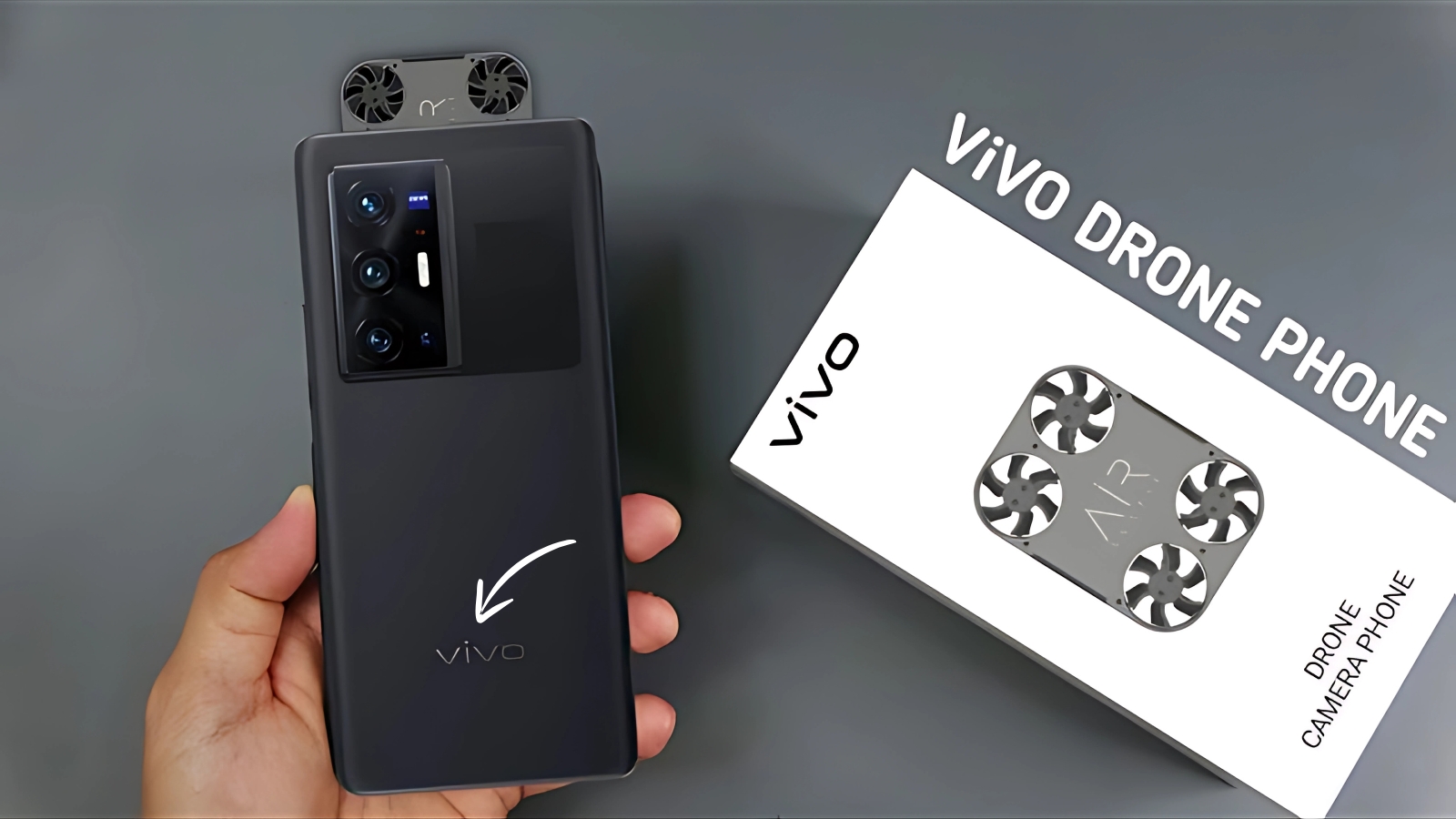New Drone Smartphone: The convergence of smartphone technology and drone innovation is creating possibilities that seemed like science fiction just a few years ago. Today’s smartphones aren’t just communication devices – they’re becoming the command centers for sophisticated aerial operations that are transforming industries from agriculture to emergency response. This marriage of technologies is reshaping how we think about both mobile computing and unmanned flight.
5G Revolution Takes Flight
The introduction of 5G technology has fundamentally changed what’s possible with smartphone-controlled drones. Unlike previous generations of mobile connectivity, 5G offers the ultra-low latency and massive bandwidth that drone operations desperately need. We’re talking about response times under 20 milliseconds and data speeds that can handle multiple high-definition video streams simultaneously.
This isn’t just about faster internet for your drone. Companies like Telefónica and Nokia are demonstrating “drone-in-a-box” solutions where smartphones can coordinate complex autonomous missions across entire regions. Medical supply deliveries between hospitals, environmental monitoring for wildfire prevention, and warehouse inventory management are all happening through smartphone interfaces that would have required specialized control stations just years ago.
The real breakthrough comes from 5G’s network slicing capability, which creates dedicated communication channels for critical drone operations. When emergency services need to fly a drone through a disaster zone, they get guaranteed bandwidth that won’t be affected by network congestion from consumer traffic.

Intelligence at Your Fingertips
Artificial intelligence integration has transformed smartphone drone apps from simple remote controls into sophisticated mission planning systems. Modern apps can analyze flight conditions, predict optimal routes, and even coordinate multiple drones working together – all from the device in your pocket.
Chinese researchers recently unveiled mosquito-sized drones controlled entirely through smartphone interfaces. These tiny machines, weighing just 0.3 grams, can be programmed for reconnaissance missions using nothing more than a standard mobile app. The implications are staggering: complex surveillance operations that once required teams of specialists can now be managed by a single operator with a smartphone.
Meanwhile, European companies are developing AI-powered apps that enable swarms of up to 30 drones to work collectively on firefighting missions. The smartphone becomes the conductor of an aerial orchestra, with each drone playing its part in a coordinated response to forest fires or other emergencies.
Beyond Visual Line of Sight Revolution
Perhaps the most significant development is the push toward Beyond Visual Line of Sight (BVLOS) operations controlled by smartphones. Traditional drone flying requires the operator to maintain visual contact with the aircraft – a limitation that severely restricts practical applications.
The FAA’s recent regulatory changes, combined with smartphone technology advances, are making BVLOS operations routine. Farmers can now monitor thousands of acres of crops through smartphone-controlled drones that automatically identify problem areas and coordinate with ground equipment. The smartphone receives real-time data about soil conditions, pest infestations, and irrigation needs, then triggers automated responses without human intervention.
Delivery companies are testing smartphone-controlled cargo drones that can navigate complex urban environments autonomously. The delivery driver’s smartphone becomes the coordination hub, managing multiple aerial deliveries while handling traditional ground-based routes.
Real-World Applications Taking Off
The practical applications emerging from smartphone-drone integration are remarkable. Port authorities use smartphone-controlled drones to inspect cargo shipments, automatically measuring volumes and identifying security risks through AI-powered video analysis. The entire operation runs through a mobile app that provides instant results rather than requiring days of manual processing.
Telecommunications companies deploy smartphone-controlled drones to maintain network infrastructure in dangerous locations. When severe weather damages a cell tower in remote areas, technicians can use smartphone-controlled drones to deliver replacement parts and even perform basic repairs, eliminating the need for dangerous human interventions.
Emergency responders increasingly rely on smartphone-controlled drones as “first responders” that can assess disaster situations before human teams arrive. These drones provide real-time video feeds, thermal imaging, and structural analysis data directly to smartphone interfaces used by incident commanders.
Realme Narzo 70 5G comes with shandar storage – check for review
Challenges and Security Considerations
The rapid advancement of smartphone-controlled drone technology hasn’t come without concerns. Cybersecurity experts worry about the vulnerability of consumer smartphones controlling critical infrastructure. Unlike specialized drone control systems, smartphones run multiple applications and connect to numerous networks, creating potential attack vectors.
Privacy advocates raise questions about the proliferation of smartphone-controlled surveillance drones. The accessibility of the technology means that sophisticated aerial monitoring capabilities are no longer limited to government agencies or large corporations.
New Drone Smartphone Future Horizons
Looking ahead, the integration of smartphone and drone technology will only deepen. Edge computing capabilities in modern smartphones will enable more sophisticated onboard processing, while improved battery technology promises extended flight times for smartphone-controlled operations.
The smartphone-controlled drone market is projected to reach $57 billion by 2028, driven by applications we’re only beginning to imagine. As smartphones become more powerful and drones become more capable, the sky truly becomes the limit for this transformative technological partnership.
